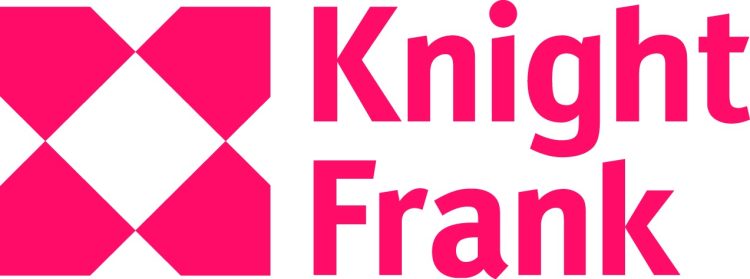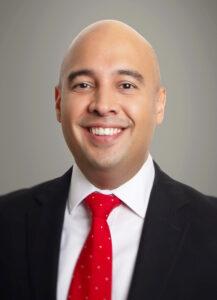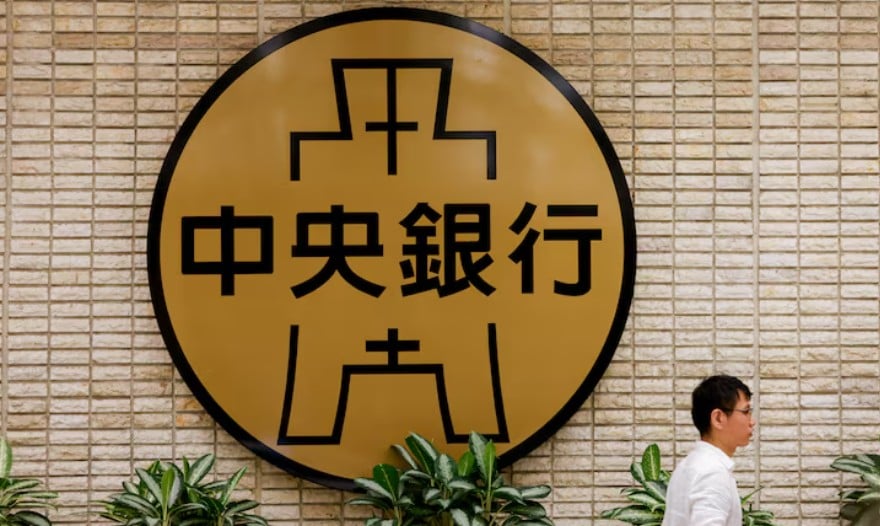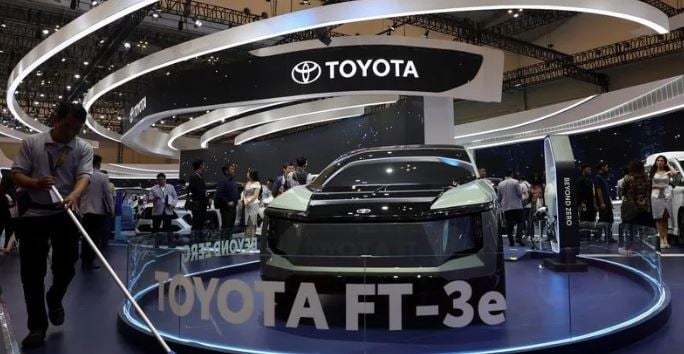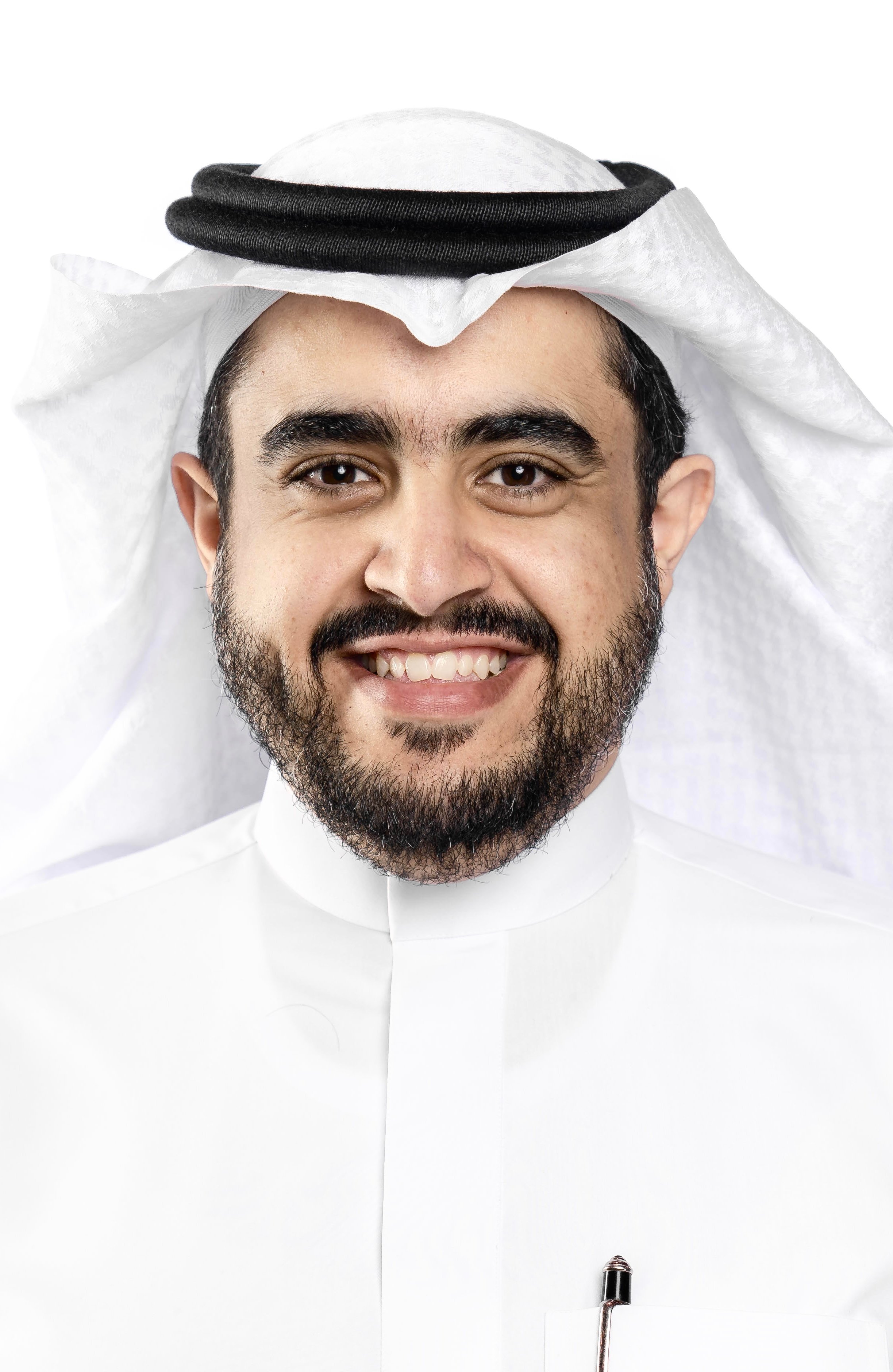Publisher: Maaal International Media Company
License: 465734
Knight Frank: Giga projects lead the way as US$ 1.22 billion takes aim at residential real estate in Saudi Arabia
Private buyers are poised to spend SAR 4.58 billion (US$ 1.22 billion) in the Saudi residential market this year, and they are willing to pay a significant premium for a home in a giga project, according to The Saudi Report 2025 from global property consultant Knight Frank.
In its survey of 1,037 households across the Kingdom, including 100 Saudi-based expats, carried out in partnership with YouGov, Knight Frank found that Saudi nationals and Saudi-based expats plan to spend SAR 1.83 billion (US$ 489 million) on residential real estate across the Kingdom, in addition to earmarking a further SAR 2.75 billion (US$ 733 million) explicitly for the Kingdom’s giga projects.
SPENDING POWER
اقرأ المزيد
Knight Frank’s research revealed there is SAR 2.75 billion of potential private capital among Saudi nationals (SAR 2.6 billion) and Saudi-based expats (SAR 133.7 million) ready to be spent on residential real estate within the Kingdom’s giga projects.
While 42% of respondents are prepared to spend a maximum of SAR 1.5 million on a home outside a giga project, respondents are ready to commit higher budgets to live in one of the iconic giga projects. Indeed, one in five (20%) are willing to commit more than SAR 4.5 million to a residential purchase in a giga project.
Overall, the average giga project budget stands at SAR 3 million, compared to SAR 2.2 million for a non-giga-project home.
Saudi nationals with monthly incomes in excess of SAR 50,000 have the greatest appetite for investment, with average budgets of SAR 5.2 million. At the top end of the salary scale, the survey revealed divergent views on potential spending on homes in giga projects, with 55% of Saudi nationals earning between SAR 60,000 and 70,000 only willing to spend up to SAR 750,000 – the largest proportion for any income profile. Meanwhile, 41% of those who earn over SAR 80,000 a month would like to spend in excess of SAR 20 million on a giga project home.
Harmen de Jong – Regional Partner, Strategy & Consulting, KSA, commented: “While this is clearly encouraging for giga project developers, this super-high-income group forms a relatively small proportion of the Kingdom’s population. We remain concerned that the market still runs the risk of an oversupply of luxury homes unless new, and/or external non-Saudi based sources of demand are tapped into.
“We understand the pressures faced by giga project developers in delivering the quantum of real estate planned by the end of the decade: 1.04 million homes, 7.7 million+ square metres of offices, 7.4 million+ square metres of retail space and 362,000 hotel rooms, all of which are putting pressure on resources, such as the availability of skilled/unskilled labour and raw materials, not to mention the surging cost of land”.
NEOM
NEOM continues to top the wishlists of Saudi nationals and Saudi-based expats as a place to buy a home for personal use. However, greater choice in the market and fewer move-in ready homes for sale have eroded its dominant position.
Faisal Durrani, Partner – Head of Research, MENA explained: “While NEOM continues to take pole position in the hearts and minds of Saudi nationals as a location they would like to live in, its popularity has decreased from 84% in 2023 to 17% this year. There are likely to be a range of reasons for this, including the emergence of other giga projects over the last two years, perceptions around households’ ability to afford to own a home in any of NEOM’s subprojects, a lack of ready-to-move-into homes, a lack of homes actually on the market to purchase, or a combination of the above. These factors present a clear blueprint for how NEOM’s developers can boost absorption rates once homes are made available to purchase”.
NEOM was found to be the most desirable giga project amongst Saudi nationals, although those on monthly incomes of SAR 10,000-50,000 (17%) showed a higher level of interest in living in the Belgium-sized super-city than those with incomes in excess of SAR 50,000 (10%). For the latter group, Jeddah Central had greater appeal (14%), with NEOM following in second place.
Overall, those on monthly incomes of between SAR 40,000 and 50,000 showed the highest level of interest in owning a home in NEOM (26%).
While expats with a monthly income of over SAR 30,000 also favour NEOM as their most preferred location to own a home (15%), it is notable that 20% of all the expats surveyed have no desire to purchase residential real estate in any of the giga projects.
Susan Amawi, General Manager, KSA, said: “The relatively low appetite among expats to purchase a home in any of the giga projects likely stems from a lack of understanding of what will eventually be available, a lack of proof of concept, difficulty in navigating expat ownership rules, financing challenges, or indeed a combination of the above. We expect this to change over time, especially once details of the much-anticipated change to foreign ownership laws are unveiled”.
THE LINE
US$ 28.7bn in construction contracts have been awarded for projects across NEOM as at the beginning of 2025, including US$ 100 million at Magna and a further US$ 10.5bn at The Line, according to Knight Frank’s analysis. On completion, The Line hopes to redefine the urban layout of large cities by confining the development to just two 170km-long, 500m-high towers.
Unsurprisingly, the incredible vision for The Line has helped to propel it to the top of NEOM homebuyers’ wishlists, with almost a third (32%) of those surveyed by Knight Frank interested in buying a home here. The popularity of The Line is highest among Saudi nationals and Saudi-based expats with monthly incomes of SAR 10,000-20,000 (35%) and SAR 20,000-30,000 (31%). 29% of those with monthly incomes of SAR 40,000-50,000 would like to own a home at The Line.
Durrani said: “The apparent tapering in the desirability of The Line as a place to live and own a home as incomes grow could be a reflection of the perception of The Line as a “mass-market project”, with those on higher incomes perhaps in favour of somewhere more exclusive. The Line has positioned itself as a sprawling metropolis, albeit a linear one, which may not necessarily appeal as much to wealthy households.
“Indeed, our results have shown that the largest proportion of those on monthly incomes of between SAR 70,000 and 80,000 would prefer to own a home at the Red Sea Project (14%) and King Salman Park (14%). For this group, NEOM overall trails at just 5%”.
ROSHN DEVELOPMENTS
Projects by ROSHN have also emerged in Knight Frank’s league table of most popular giga projects, with the residential developer’s communities around the country being highly sought-after by potential buyers.
ROSHN’s SEDRA project in Riyadh was named as the most popular target by 39% of survey respondents, who cite the 30,000 home super-community as their most preferred ROSHN development. This popularity edges up to 45% among those on monthly incomes of SAR 20,000-30,000, and similarly 44% of those earning SAR 10,000-20,000 would like to buy a home here. The popularity of ROSHN overall among Saudi nationals has in large part been aided by its focus on developing homes that are both affordable and within a community setting.
ROSHN’s Warefa development in Riyadh (24%) and Marafy by ROSHN (22%) in Jeddah round off the top three most popular ROSHN developments.
de Jong concluded: “Away from NEOM, Saudi nationals and Saudi-based expats are actively targeting projects by ROSHN, which ranks alongside Jeddah Central as the second most popular giga project home purchase location. ROSHN has positioned itself as the Kingdom’s leading residential community developer and is working toward setting new benchmarks in creating integrated neighbourhoods that blend modern living with traditional Saudi heritage, all crucially anchored by community facilities and amenities which are in high demand and in short supply”.


